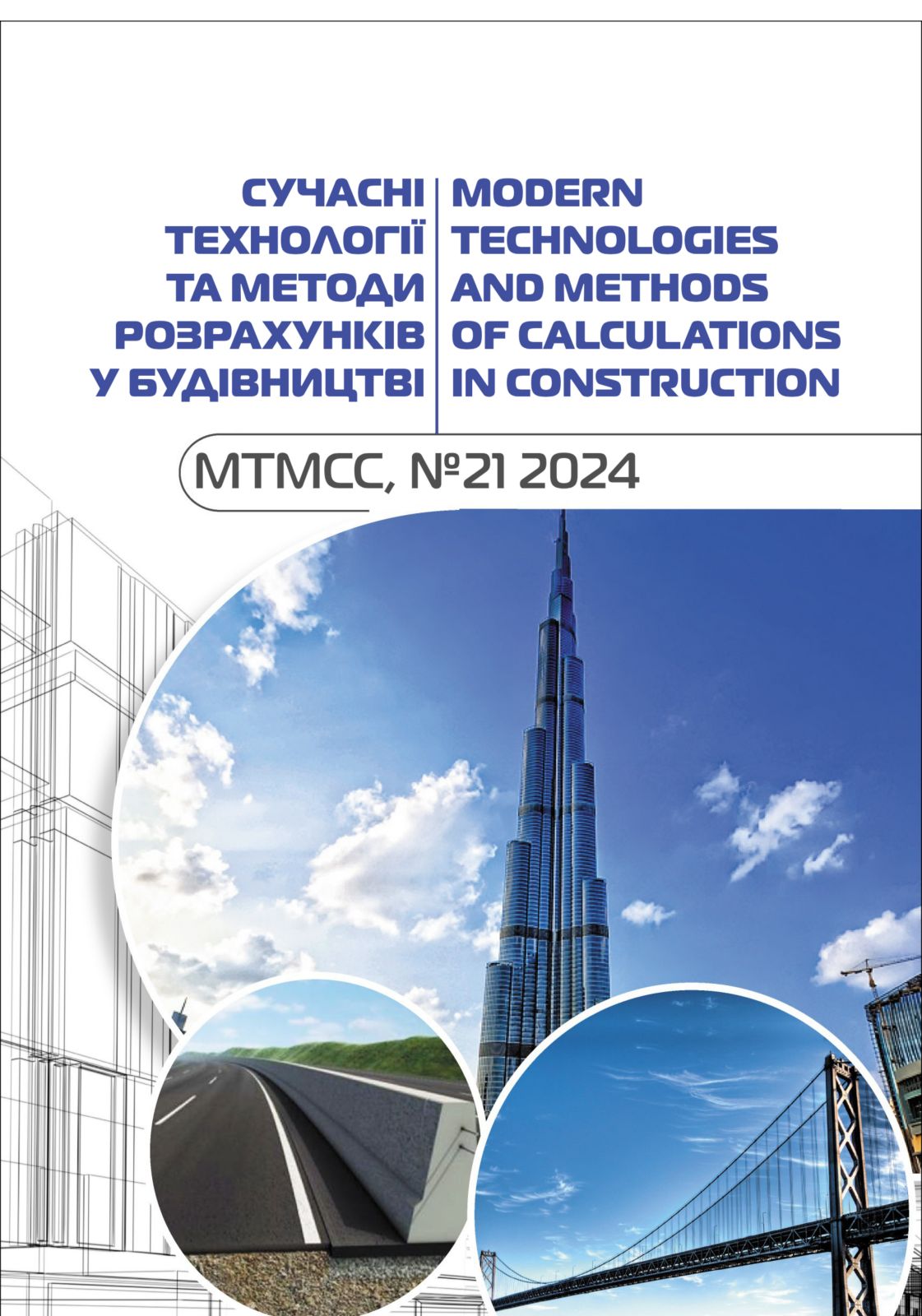Comparison of the limit of tensile strength of composite and metal reinforcement glass
Abstract
The building materials market is currently saturated with products of various types and purposes. A non-standard approach to solving tasks together with the use of innovative products and technologies in the manufacture of building structures allow us to avoid the often ineffective conservatism in the construction industry. The result of technological progress with the cooperation of the industrial and scientific community is composite reinforcement. Although the creation and beginning of research into this kind of non-metallic reinforcement dates back to the 60s of the last century, composite reinforcement is a new material, the large-scale production and implementation of which is only now beginning.
Composite reinforcement is a building material consisting of fibrous threads connected in bundles with polymer glue. Thermosetting synthetic resins act as glue, the choice of which depends on the requirements for the fittings. Thus, the use of polyester resins allows to reduce electrical conductivity to a minimum, and the use of epoxyphenolic resins to increase the level of resistance to the influence of aggressive environments.
Composite reinforcement is an analogue of metal, which allows to expand the scope of application of concrete structures. Therefore, a qualitative analysis of its properties, depending on the type of fiber used during production, will be relevant.
One of the most promising building materials is the use of glass and basalt reinforcement in construction, which is gaining momentum due to its high strength, economy, corrosion resistance, dielectric properties, lack of interference with the operation of radio devices, and flexibility compared to steel reinforcement. Other advantages include: storage in wet places without loss of quality, the expansion coefficient is the same as in concrete, low thermal conductivity, there is no effect of "cold bridges", the use of steel reinforcement with a smaller diameter without loss of strength, any construction length.








